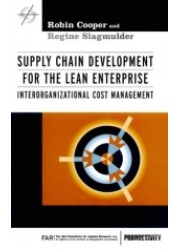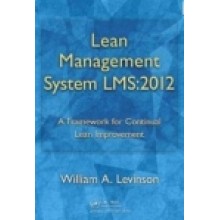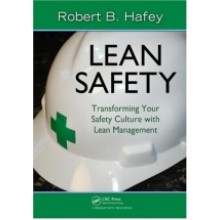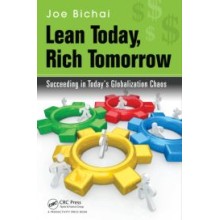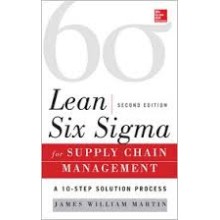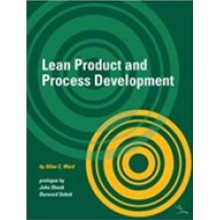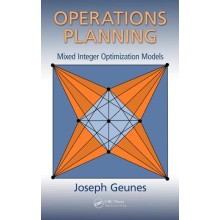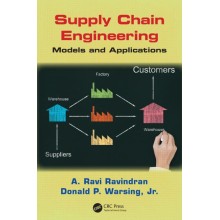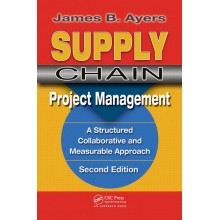Supply Chain Development for the Lean Enterprise : Interorganizational Cost Management
ISBN: 9781563272189
Author: Regine Slagmulder, Robin Cooper
Dispatch Time: 2 - 3 Days
Quantity:
-
Add to Compare
Does your firm set specific cost-reduction objectives for its suppliers?
Does your firm help its customers and/or suppliers find ways to achieve their cost-education objectives?
Does your firm take into account the profitability of its suppliers when negotiating component pricing with them?
Is your firm continuously making its buyer-supplier interfaces more efficient?
If the answer to any of these questions is “no”, your firm risks introducing products that cost too much or are not competitive. The full potential of the supply network can be realized only when the entire supply chain adopts interorganizational cost management practices.
Competitive pressure has led many firms to try to increase the efficiency of supplier firms through interorganizational cost management systems, a structured approach to coordinating the activities of firms in a supplier network to reduce the total costs in the network.
It is particularly important to lean enterprises for two reasons:
Lean enterprises typically outsource more of the added value of their products than their mass producer counterparts.
Lean enterprises usually compete more aggressively and must manage costs more effectively.
Interorganizational cost management can reduce costs in three ways: through product design, through product manufacture and through cooperative approaches between buyers and suppliers to build smoother interfaces.
However, more than just cost management must cross interorganizational boundaries. Suppliers are also a major source of innovation for lean enterprises. Successful supplier networks encourage every firm in the network to innovate and compete more aggressively. Read this book to learn to manage the supply chain to forge competitive advantage while reducing costs.
Chapter 1 : Executive Summary
Chapter 2 : How Firms Compete Using the Confrontation Strategy
Chapter 3 : The Role of Cost Management in Confrontation Strategy
Chapter 4 : The Research Project
Chapter 5 : Lean Buyer-Supplier Relations
Chapter 6 : Lean Supplier Networks
Chapter 7 : An Overview of Interorganizational Cost Management
Chapter 8 : Target Costing
Chapter 9 : Interorganizational Implications of Target Costing
Chapter 10 : Chained Target Costing and Functionality-Price-Quality
Chapter 11 : Interorganizational Cost Investigations
Chapter 12 : Concurrent Cost Management
Chapter 13 : Kaizen Costing
Chapter 14 : Interorganizational Implications of kaizen Costing
Chapter 15 : Increasing the Efficiency of the Buyer-Supplier Interface
Chapter 16 : Interorganizational Cost Management in Action
Chapter 17 : Lessons for Adopters
Chapter 18 : Case Studies
- Citizen Watch Company : Cost Reduction for Mature Products
- Kamakura Ironworks Company, Ltd
- Komatsu, Ltd : Target Costing System
- Miyota Company, Ltd
- Olympus Optical Company, Ltd : Cost Management for Short-Life Cycle Products
- Omachi Olympus Company, Ltd
- Tokyo Motors Works, Ltd : Target Costing System
- Toyo Radiator Company, Ltd
- Yokohama Corporation, Ltd : The Yokohama Production
Write a review
Your Name:Your Review: Note: HTML is not translated!
Rating: Bad Good
Enter the code in the box below:
Copyright © 2014 Engineering Standards Bureau. All Rights Reserved.
Developed By Zoom Into Web


